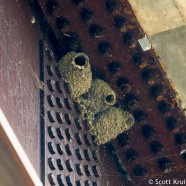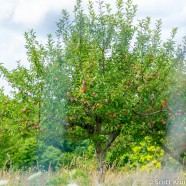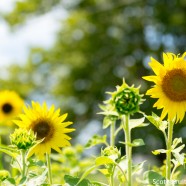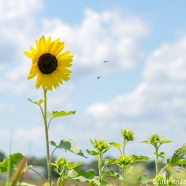Cliff Swallow Nests
These Cliff Swallow nests are empty after a successful summer breeding season. They are often colony nesting birds, and these are actually on the underside of the Washington Street bridge right here in Jamestown, New York. This is a good example of a species that utilizes the urban environment we have created. Peregrine Falcons are another bird that would have been found on open cliffs that now nests on the ledges of our skyscrapers. While they would be hunting pigeons, starlings and sparrows, the Cliff Swallows can be found feeding on insects in the Chadakoin River habitat below the bridge...
Read MoreMuch Milkweed
It is becoming more and more apparent that what pollinators need are more of their plants, and without chemicals! The Monarch butterfly needs milkweed like this in fields and grasslands across America. If you have open space like this please try to do your best to keep them unmowed, unpolluted and full of milkweed plants next year. Manicured and toxic lawns are wastelands for our insects.
Read MoreApple Tree
Soon it will be the season for apple picking, and the tree in this orchard is looking right on schedule. The fence that surrounds it protects the area from White-tailed Deer eating everything in sight, and protects them from themselves. Just as there were warblers, vireos, orioles and more feeding on the flowers of the trees in the spring there will be ample time for birds to feed on the apples all autumn.
Read MoreSunflower Sky
Every day, especially after all that water this week, these sunflowers are creeping closer to the sky. The cold front brought not only rain but more birds and butterflies on the wing south. Keep watching for new faces every day!
Read MoreSunflowers Emerging
It’s happening! Sunflowers are blooming and their wonderful shades are emerging across our summer landscape. These will serve as tremendous food sources for birds on the way south. While our aerial insectivores are flying to their winter quarters right now, the seed eaters will be moving in the coming weeks and months. For now the flowers are all for the insects…
Read More








